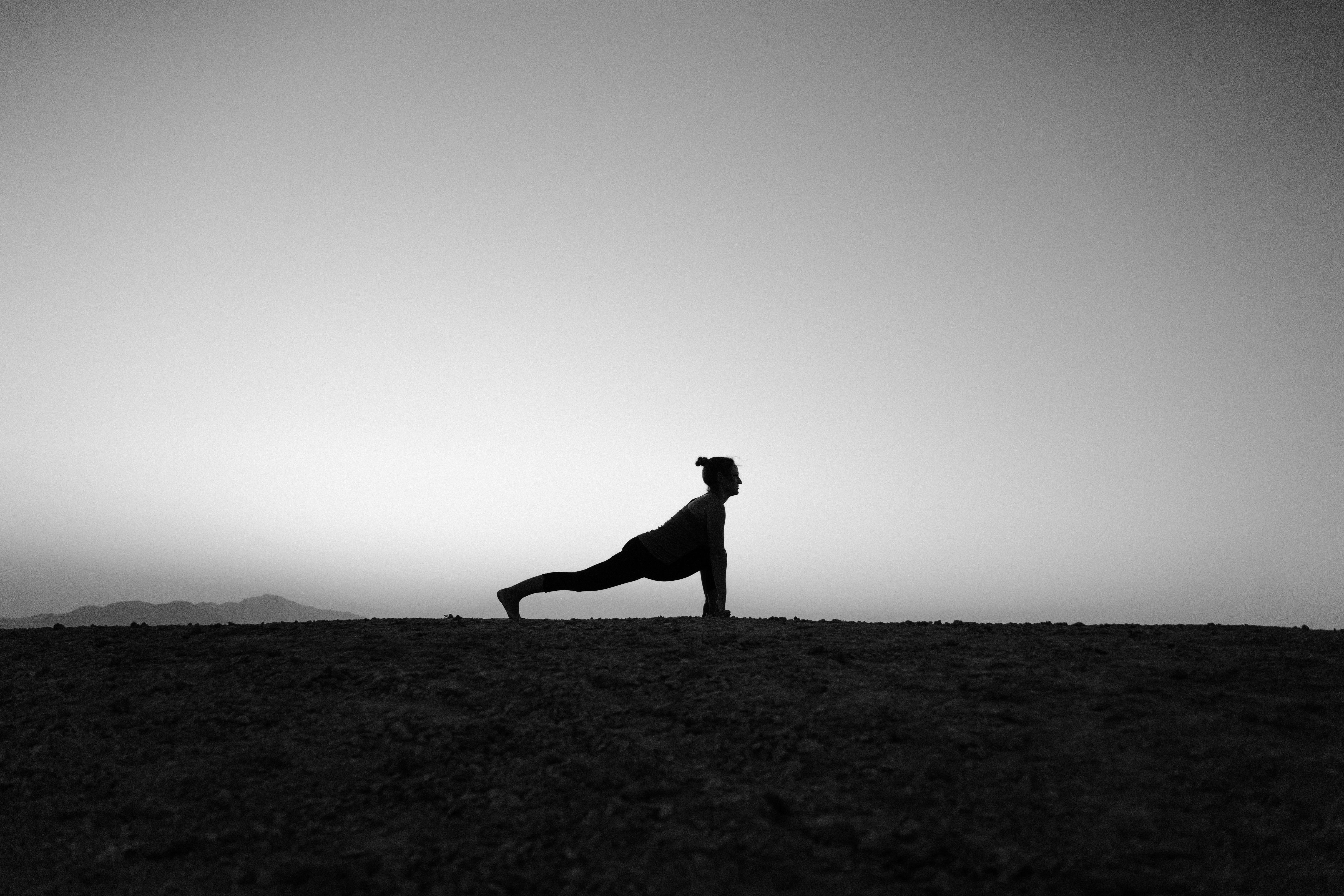How should journalists view social media platforms?
Then, using Google Maps, the newspaper was able to direct a reporter and photographer to his home. The newspaper claimed that by cross-referencing online sources it had “put our people on the doorstep of Sperling”.
What is missing here is any indication that the newspaper’s reporters and editors considered the ethical implications of what they were doing.
That Facebook’s privacy settings allow users to ‘jump’ from one person to another is stated as a justification, rather than a problem.
There’s no thoughtful consideration that the paper itself is violating the privacy and trust of someone looking for a story, just an assertion that the paper has done it before: “It wasn’t the first time we’d gotten this.”
In an email response from the newspaper, lead reporter David Fisher wrote that Facebook users have an individual responsibility to maintain their own privacy settings and that this story “was about being honest with readers.”
One of the first codes of ethics for reporters related to managing their activities on social media was developed by the New York Times in January 2009.
In the foreword, Times assistant editor Craig Whitney sets the tone and highlights the value of Twitter and Facebook to reporters: ‘Facebook can help reporters triangulate on hard-to-investigate topics.
What people write on social networking sites is publicly available information, like anything posted on any site that is not encrypted.’
In this statement, the Times makes clear the principle (right or wrong) that anything posted on social networking sites is public information and is available to news organizations without the permission of the copyright holder or reference to privacy issues.
Instead, the guidelines appear to be primarily about protecting the company’s brand and this too is a major concern for business news outlet Bloomberg.
The first statement in the New York Times code relates to political posturing or controversial groups and personnel who signal their own political beliefs in cyberspace: ‘… do nothing that might call into question your political impartiality or the of the Times reporting the news.
Associated Press rules are similar, with an emphasis on protecting brand reputations rather than ethical use of social media to gather news (Associated Press, 2009).
The New York Times code also questions the status of friendship on sites like MySpace, Facebook, and Twitter: Being “friends” with someone on Facebook or especially Myspace is almost nonsense and doesn’t signify the value or type of relationship. that could pose a conflict of interest for a reporter or editor investigating that person.’ This ‘rule’ ultimately ends up justifying the slash-and-burn approach to social media friends.
Why does the rule on this have to differ from more traditional journalistic contacts? In addition to a cursory treatment of privacy, there is no mention of confidentiality here. What about treating the information you get on Facebook as ‘off the record’? If a true friend tells you something that you might think is interesting enough to report, would you do so without asking their permission?
Would you do it by compromising your relationship with an employer or lover, for example? If you have any ethical boundaries, probably not. Why should information collected through social networking sites be treated differently? There are millions of Facebook users who would disagree that their virtual friendships are almost meaningless.



Recent Comments